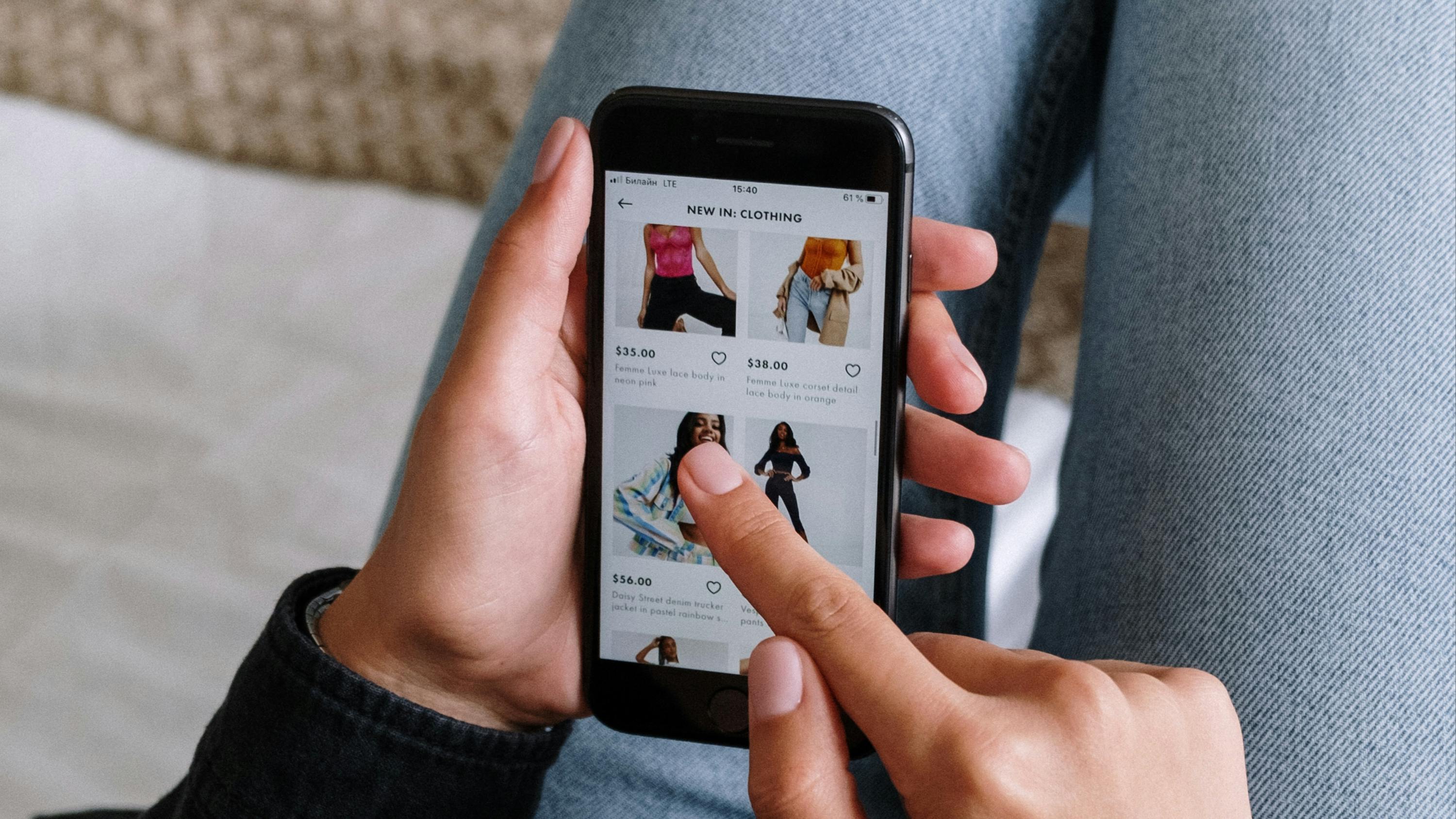
Make Memorable Customer Experiences this Holiday Season: 3 Trends Brands Can Count On


Is the 2024 holiday shopping season the most wonderful time of the year? With a renewed focus on customer experience, it can be, but the road to get there isn't smooth.
For the third year in a row, Forrester’s CX Index reports that customer experience is declining. When customers are less satisfied with brand experiences, loyalty declines and brands can struggle to connect emotionally with customers.
Delivering great experiences during the busy holiday season starts with early preparation. How can brands plan for a smoother holiday shopping season? Here are three trends to fuel your planning.
Mastering Customer Preferences for a Successful Extended Holiday Shopping Season
We saw the holiday shopping window expand in 2023 — a trend that will continue in 2024. While Black Friday used to mark the beginning of the holiday shopping season, that start date has steadily crept earlier. One of the biggest contributors is Amazon Prime Day, expected for the fall (last year, it was in October), which other retailers try to match and end up creating a more fluid holiday shopping schedule. This year, 44% of consumers plan to start their holiday shopping in October or earlier.
But just because the holiday shopping season is longer doesn’t mean all customers will start shopping as soon as the sales start. Generations have varying priorities for shopping: Older generations tend to wait and shop closer to the holidays, while younger consumers say they plan to start early. In 2023, 48% of young adult holiday shoppers said they would start shopping earlier. Surveys show that the older the customers, the less likely early sales will affect when they begin their holiday shopping.
What does this mean for brands?
As the holiday shopping season expands, brands need to know their audience better than ever. Not every shopper or demographic is ready to start shopping at the same time or even shops in different categories at the same time. Knowing customers’ preferences is crucial to connecting with them and offering relevant, timely deals.
The good news is that most brands likely already have great information from previous holiday shopping seasons and can use that to build a core understanding to predict their target‘s likely behavior. Look through last holiday season’s sales patterns to find nuances by demo and channel that can give you more customization insights for your different customers this holiday. Who shopped early, what categories were they most likely to be early purchases, what drove the urgency for those items, and how can you get creative to extend and expand that tendency?
Putting a full-court press on deals throughout the expanded holiday season is unsustainable and can lead to white noise and customer burnout. Instead, brands must understand what’s most important to their customers. Do they want to shop early for deals and ride the coattails of a fall Prime Day? Or do they prefer to shop closer to the holidays? Understanding customers can help brands be competitive and offer value to their customers at the best times throughout the extended holiday season.
Promotion and Placement Are Priority This Holiday Season
The holiday shopping season is always busy, but 2024 looks to be noisier than ever. Ever-present election news and constant debates over national issues could impact customers’ shopping habits and dominate ads and news feeds. Historically, volatile election years have led to more spending as consumers seek a way to escape.
However, 2024 adds economic uncertainty and price sensitivity, meaning that even if customers want to spend more as a way of escapism, they will still focus heavily on value and deals. In a recent survey, 46% of consumers said they need to budget more and spend less on holiday gifts this year.
As brands try to rise above the noise, unique and less crowded branded partnerships will be a trend. They will help create targeted visibility and enhance the shopping experience. Instead of relying solely on their own brand power to cut through the noise and earn valuable sales and shelf space, brands can partner with other brands and influencers to raise their capital and customer awareness.
More than traditional advertising, joint placement helps brands stand out. Brands are increasingly targeting younger generations with placements in digital channels, virtual shops, influencer placements, and co-branding with shows and movies to add cultural relevance and bring products into consumers' lives beyond traditional marketing channels. But these partnerships will need to deliver on value and ensure shoppers feel it's not only the right purchase, it's a good deal.
One example is Sephora, which partners with JCPenney and Kohl's to include small shops in their stores. This increased visibility expands Sephora's customer reach, creates a convenient buying experience for customers, and provides growth opportunities for both parties.
Opportunities for strategic partnerships are limitless, from livestream shopping events to virtual try-ons and consultations. Co-branded products with influencers, including Dude Perfect's collaboration with Hey Dude shoes or Hailey Beiber's viral Erewhon smoothie, and co-branded products like Crocs limited edition Pringles and Pop-Tarts shoes and Disney's co-branded Inside Out 2 skincare products, create buzz-worthy products that stand out from the crowd.
Personalizing and Empowering Employees With Gen AI
Last year marked the first holiday season with widespread Gen AI. Now, a year later, brands better understand Gen AI's capabilities and how it can improve the customer and employee experience.
That means that in addition to Gen AI to boost the online experience through dynamic campaigns, AI-generated copy and images, and smarter service and support, brands are increasingly realizing the power of Gen AI to improve the in-store experience. That effort starts now, months before the holidays, to ensure brands will be ready to scale their efforts and match the increased demand of the holiday season.
Big retailers like Walmart and Target are already rolling out employee-focused Gen AI initiatives to help associates enhance the shopper’s in-store experience — innovating service with curated support and sales enablement in their hands before the holiday. Target is rolling out an employee-facing Gen AI tool to all stores by August. Employees can access Store Companion, an AI-powered chatbot, on their handheld devices to answer questions about processes and procedures.
Gen AI can give employees tools to better answer customers’ questions, track products, and personalize recommendations for each consumer, all in real-time. Instead of waiting for manager approval or sorting through complex manuals or websites, employees can easily find the information they need. Gen AI can also help train temporary holiday employees to create a consistent customer experience and more engaged employees. Customers are also open to using Gen AI in their holiday shopping, with 53% saying they are interested in using the tool to inspire the perfect present. With employees empowered with Gen AI tools, that personalization is within reach.
Creating Easy, Efficient Experiences That Create Loyal Customers
Even with low customer expectations, the holidays present an incredible opportunity to build goodwill, rekindle customer relationships, and reap the benefits of word-of-mouth exposure. There is room to make big waves for brands that focus and deliver this holiday season.
The holidays are the time to walk the walk with service and showcase exceptional ease and efficiency. As brands streamline processes and build smooth experiences, especially during the busy holiday shopping season, they can stand out as customer-focused and personalized.
So, what does easy, personal, satisfying, and efficient look like to your customers? Avoid latching onto generalized enhancements and look deeper at what would really be special for your customers; what matters most to them in the early shopping window through to the final rush of last-minute gifts? A critical differentiator during holiday shopping is simplified exchanges or returns, which are notoriously difficult and time-consuming for customers. Returns and the assurance of an easy return increase around the holiday season, so brands have ample opportunity to refine and improve their process to make it smoother and easier for customers. That improvement not only helps instill confidence in the purchase, but it also eases the shopper's burden during a high-pressure time and can have a residual impact on their shopping preferences throughout the year.
During the collective holiday shopping period, shoppers are all in it together and are more likely to share their experiences around the “water cooler” or dinner table. This more regular shopping small talk also means both great and awful experiences are more likely to be shared, creating a ripple effect with lasting results.
Even with its challenges, the holiday shopping season really can be the most wonderful time of the year for brands that understand their customers and prioritize smooth, personalized experiences.


